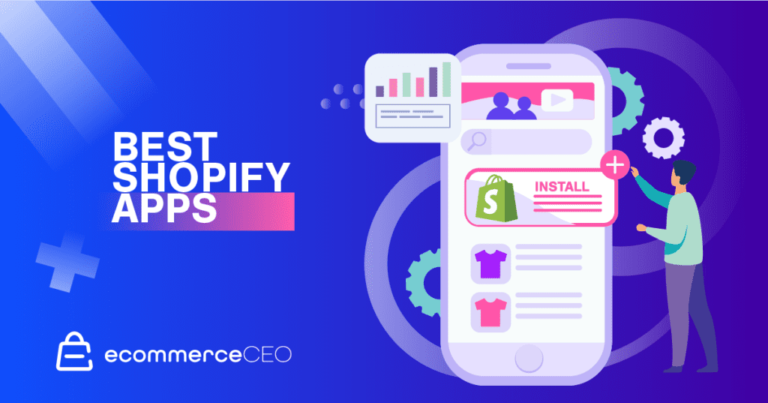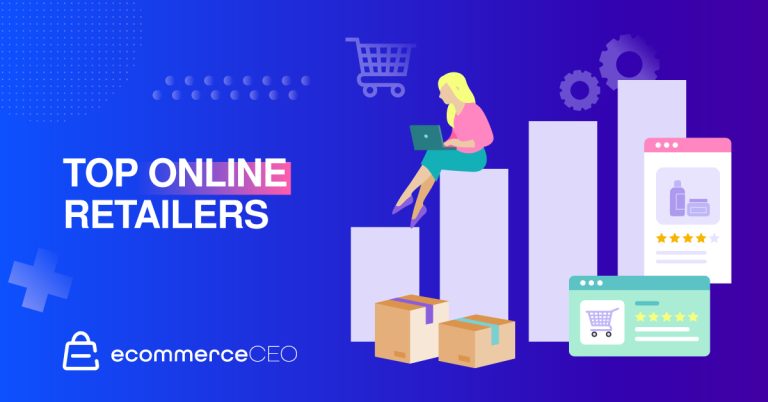
Customizing product information for different websites, retail partners and marketplaces can be a time-consuming task and error-prone task. Proper management of your product data can be critical to your success, helping you take control of data, expand your business, increase capacity and protect brand equity. We created this blog series to help you understand effective Retail Content Management techniques, along with detailed and practical recommendations to help you improve them. In Part 2, we look at the strategies to streamline your content optimization. (Read Part 1 here.)
—
With more consumers shifting online and becoming more comfortable with e-commerce than ever before, brands have had to follow suit at a rapid pace. Some brands have accelerated their D2C approach adoption, while others have expanded their relationships with their existing retail partners or formed new ones.
Regardless of your go-to-market strategy, if you have experienced an increase in volume with your retailers, the acceleration has likely created additional pressures, especially if you’re filling in the retailer’s native content templates without the support of any specialized software.
So how can you streamline your content optimization for your retail partners, while ensuring compliance to their requirements?
3 Strategies to Streamline Your Content Optimization for Retail Destinations
1. Start by streamlining your source
Many efficiencies can be achieved by having a single source of truth for your product content and ensuring the content writers and producers know what destinations you plan to send the product data to and what are the requirements of each individual channel.
This will save you time by not having to manually change the content to fit the requirements of each channel. Moreover, a single source of truth can help you to speed up the time to market and improve the product data delivery lead time.
Next to communicating what is needed on the content front, make sure you have a clear list of attributes that impact sales volumes on each channel. Going for a marketing tone in your product descriptions for all channels might put you at a disadvantage on channels like Amazon, where product specifications can entice the consumer to buy quickly.
2. Audit regularly
This is easier said than done, but if you establish a clear process to audit the data at a certain frequency, it will become BAU (business as usual).
The benefit? You’ll stay on top of changes, and you’ll be aware of what needs to change before it becomes an issue or urgent.
In these audits you need to assess both your content and the requirements of each channel. By comparing the two, you get a clear picture of what you need to do or change in your existing approach.
3. Leverage automation
If there’s a logical way to change a piece of product information, then tweaking it should be fairly simple and straightforward, right?
When you have to manage different product selections for each retailer, each coming with its own product data requirements, the process isn’t quite as simple anymore.
Without automation, before you know it, you’ve invested hours and hours to get those spreadsheets filled in. And Excel formulas and look-ups get harder to keep track of, and it’s nearly impossible to change the data to how you want it shown.
If your current systems are not enabling you to apply changes and alterations to hundreds or thousands of products at once, then you are wasting precious time to fill in the spreadsheets with content required by retailers.
Leveraging automation for content optimization and data transformation can help you save time, ensure your data is compliant and use existing product data to populate fields that are not available in your product data by default.
Next to automating your data transformation, you should also look into automating the manner in which you pick up the changes in your templates.
Conclusion
It can be daunting to change your process for all your products and retailers, so test it out by applying these strategies to your new products. It can help you figure out what data or strategies have the best impact and you can upscale from there.
Streamlining the way you handle your products for your retailers and creating a repeatable process not only saves time, but it ensures your consumers have a consistent brand experience.
Interested in learning more about Retail Content Management? Stay tuned! In Part 3 of this blog series, we’ll look at tips and tricks to gain visibility on retail destinations. Subscribe to the ChannelAdvisor blog, and we’ll be sure to update you as new content becomes available.





![Amazon Insights on the Global Opportunity for Brands [Download] | Salsify](https://thegateway.net.au/wp-content/uploads/2022/11/amazon-insights-on-the-global-opportunity-for-brands-download-salsify-768x403.png)
